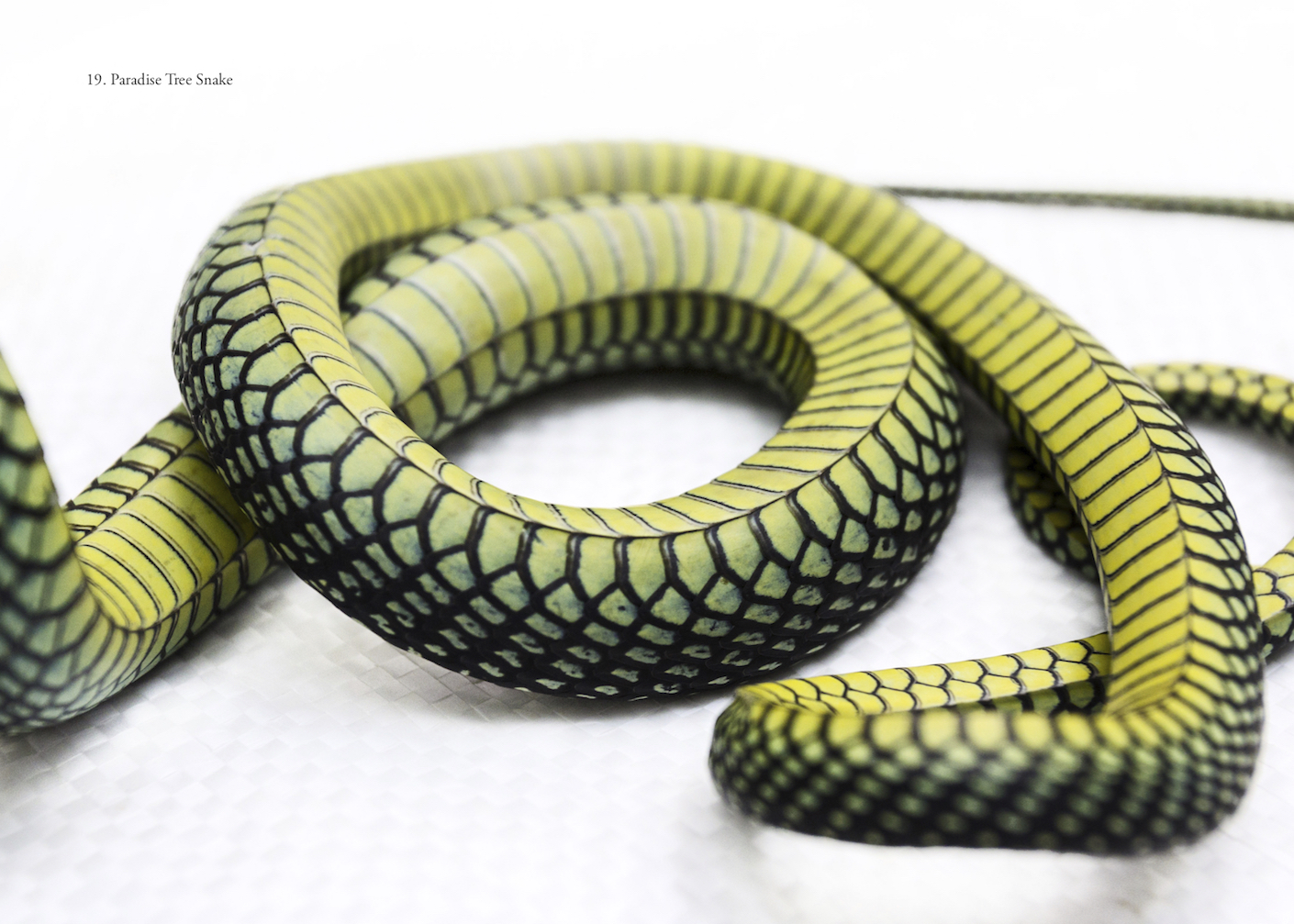- Supported by Wildlife Asia, the PARDICOLOR Creative Arts Fund subsidizes artists producing works that highlight environmental issues in Southeast Asia.
- The arts initiative is intended to complement conservation work in locations like Salween Peace Park in Myanmar and Indonesia’s Leuser Ecosystem.
- “If we can only create what we can imagine, then art and ideas are an integral part of creating an Earth that is sustainable and thriving with biodiversity,” says Pardicolor founder Demelza Stokes.
Creativity is vital for the development of innovative solutions to conservation conundrums.
The daunting challenges of restoring ecosystems, curbing biodiversity loss and halting deforestation require a continuous stream of new ideas. While practical solutions are paramount, creative art can be pivotal to building support and understanding for conservation efforts. Art confronts environmental issues, challenges conventional approaches and provides a conceptual space to reimagine a better future.
Nowhere in the world is the need for novel approaches more evident than in Southeast Asia, which has suffered devastating habitat loss over the past 30 years, bringing many endemic species to the brink of extinction.
This was the impetus for the PARDICOLOR Creative Arts Fund, launched by Wildlife Asia in April 2020 to provide artists in Southeast Asia with financial support to produce works that highlight wildlife, biodiversity, the environment and society.

The project is the brainchild of Demelza Stokes, a project manager for Wildlife Asia and a self-confessed interdisciplinarian. She says she wants the arts initiative to complement the practical conservation work of Wildlife Asia in locations including Salween Peace Park in Karen state, Myanmar, and in the Leuser Ecosystem in Sumatra, Indonesia.
“I think as wildlife conservationists it’s really important to try to understand how the societies and communities in which we work view wildlife, biodiversity, the environment and society,” Stokes told Mongabay. “And art, or supporting the production of it, is a good way to do this.”
So far, the project has subsidized nine artists and collectives from Thailand, Laos, Myanmar, Malaysia and the Philippines. Their work features an assortment of styles and subjects as diverse as invertebrate illustrations and frog soundscapes in Metropolitan Manila.

One project in Peninsular Malaysia engages with Indigenous Orang Asli communities to record details of traditional crafts and forest lore through zines, or independently published illustrated booklets. Wendi Sia, who writes the zines as a member of the GERIMIS ART collective, says she hopes readers will be inspired to care about nature and empathize with forest communities.
On Koh Chang Island in Thailand, Natalie Limwatana spotlights the deluge of plastic waste in the Gulf of Thailand by repurposing old fishing nets and plastic debris to create immersive sculptures of marine wildlife. She says the support of the PARDICOLOR initiative provided the fuel and inspiration to turn her vision into reality.
Limwatana says she is optimistic that art can trigger positive change in Southeast Asia, beginning at the grassroots level. “Art is about connecting with something outside of yourself; it opens people up to receive a message,” she says. “And more and more people are taking personal action for the environment. They realize that they can’t wait for things to change from above — that there isn’t time.”
This week, PARDICOLOR launches a new set of small grants for Southeast Asian artists to pursue projects that navigate one of three themes: “Art of Darkness,” “A Million Textures” and “Imagining Super Landscapes.”
Stokes says she is eager to see the visualizations of the new artists. She says the imagination of the next generation will ultimately shape the future of the region’s wildlife and ecosystems. “If we can only create what we can imagine, then art and ideas are an integral part of creating an Earth that is sustainable and thriving with biodiversity,” she says.

Disclosure: Demelza Stokes contributed reporting to Mongabay on a freelance basis in 2016-17.
FEEDBACK: Use this form to send a message to the author of this post. If you want to post a public comment, you can do that at the bottom of the page.
